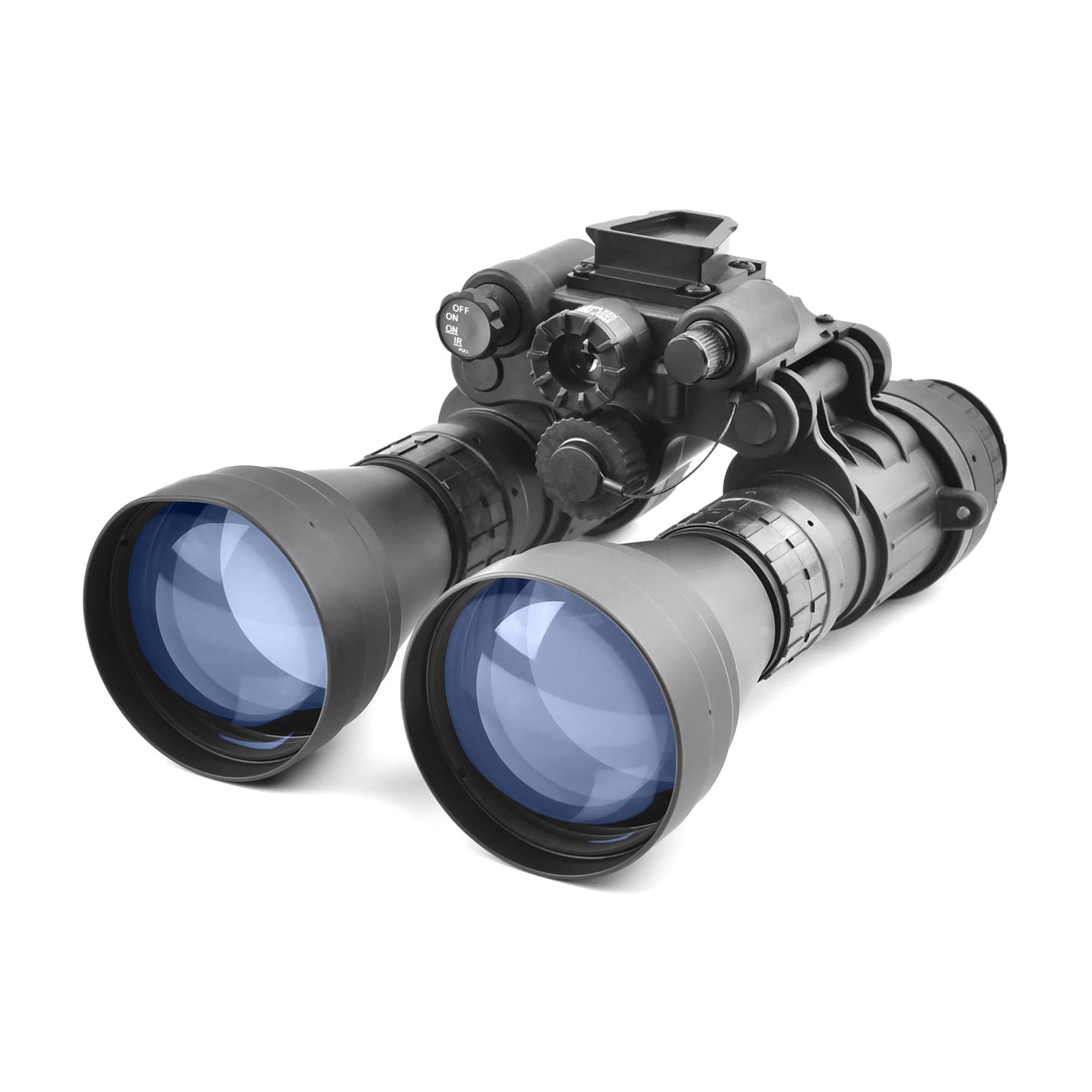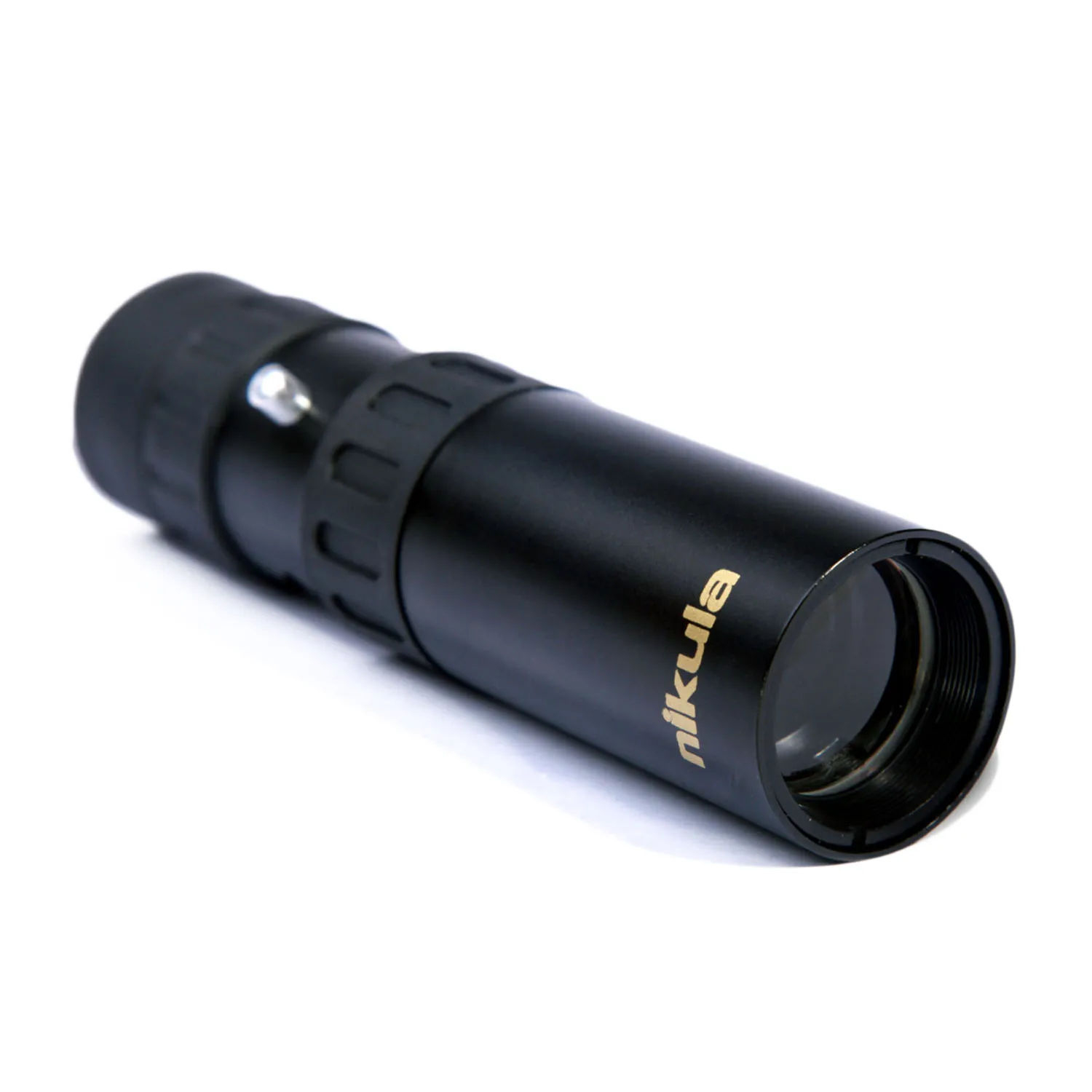
This is the reason why binoculars need to be so much better, so that individual details can easily be recognized.īinoculars must have at least a magnification power of 7-times and an objective diameter of no less than 50mm, so that the relative light intensity is high enough for dawn and dusk. Especially, during these day times the light conditions are not suitable for observations with the naked eye. Usually animals can be observed excellently during dawn and dusk. During “movement” observation or during observation on a boat (a moving standpoint) the pupil of the observer will not wander as fast out of the exit pupil diameter and therefore the field of view cut off. However, a larger exit pupil can still be of benefit to an older person as well. Therefore a lighter 8x40 binocular with an exit pupil of 5mm would be a wiser choice. Because of this, the enlarged exit pupil of a 7x50 can no longer be utilized to its fullest by an older observer. However, the pupils of a 50 year old can only increase to 5mm. The pupils of a young person can enlarge up to 7mm. The ability to enlarge ones pupils during darkness decreases with increasing age. The maximum opening of the human pupil depends on the eyes and the age of the observer. (Objective diameter / Magnification Power) It can be calculated by using this formula: The larger it is the brighter the picture transmission to your eye. The exit pupil is important for dawn and dusk observations.

The exit pupil is the light dot which exits the ocular side of the binocular and hits the eye. For observations during dawn or dusk, a diameter of 50mm or better is recommended. A diameter of 21mm (8x21) is sufficient for daytime observation. This is an important performance trait, because the higher the objective diameter is, the larger is the light transmission and therefore the picture is brighter. Therefore a 7x50 binocular has an objective diameter of 50mm. The second classification number deals with the objective diameter in mm (millimetres). Whether it be through the perception of your hand wobbling increasingly (because of the higher magnification) or because of the dimmer picture quality. Higher magnifications also cause poorer detail perceptibility. However, one cannot say that the higher the magnification of a binocular is, the better the binocular. This means that an object 700m (700 yards) away can be viewed as if it was only 100m (100 yards) away. This value indicates the apparent magnification of the observed object. 2.2 MagnificationĪ 7x50 binocular, therefore has a 7 times magnification. Therefore they do not take into consideration the increase in performance due to coatings and higher quality glass material.

These classification numbers are only good for comparison of the different sizes of binoculars, not different types (8x30, 8x40, 7x50, 16x50 etc.) They do not portray any information in regards to the Quality of the binocular components. The relationship between these two are very relevant during dawn observation.


Therefore a 7x50 binocular has a magnification power of 7 times (7x) and the objective diameter is 50mm. The first number on any binocular is its magnification power, the second and last identifies the size of the objective diameter in millimetres. How much one can see with a binocular depends on its magnification power and its objective diameter. The Characteristics 2.1 The Classification Numbers All binoculars created today are based on these two prism systems. This new Roof-system was patented in 1905. Only in 1893 it was possible for Ernst Abbe to create the first mass produced Porro-prism binocular with acceptable optical performance.Īt the beginning of the 20th Century Moritz Hensold began working on a new prism system which, compared to the Porro-system was slimmer and enabled larger Objective diameters. At that time, the required precision workmanship and glass material were not up to the necessary standards. This construction enabled the manufacturing of substantially smaller devices with a much larger field of view. In 1854, the Italian army officer Ignaz Porro created a monocular telescope with an erecting prism.


 0 kommentar(er)
0 kommentar(er)
